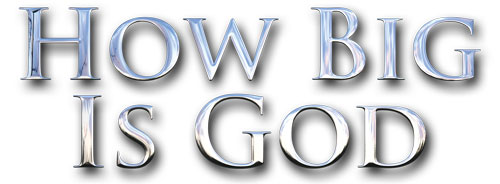
EXTRASOLAR PLANETS
Extrasolar Planets
by Ron Bernitt (This article has been excerpted from Creation Ministries International. The original article can be found here.)The claims that more planets have been discovered in orbit around nearby stars continue to make the news with over 100 now documented. A recent report in Sky & Telescope (Sky & Telescope 104(3):20, 2002) discloses, “The new discoveries, like most of the previously known exoplanets, generally follow eccentric (elongated) orbits and are closer to their stars than the giant planets in our solar system are to the Sun.”

Artists Impression of an Extrasolar Planet
It is surprising that the characteristics of the extrasolar planets are so different from the gas-giant planets of our solar system. Surprising because it has been claimed for decades that the naturalistic evolution model thoroughly explains our solar system. According to evolution, the rocky, terrestrial planets formed because the inner solar nebula was hot, while the outer regions of the solar nebula were cold, forming the gas giants. The same characteristics were expected for the planetary systems of other stars since they supposedly formed the same way. However, gas-giant planets orbiting less than 0.4 AU from their parent stars explode this belief. Somehow, evolutionists have avoided publicizing this issue.
The extrasolar-planet data suggests our solar system is special, which is difficult to explain from a naturalistic evolutionary perspective. For some reason, when our solar system formed, the sun managed to avoid the more common ‘fate’ of other star systems. Specifically, we do not have gas-giant planets orbiting from 0.1 to 3.0 AU from the sun, like 75% of the stars with planets so far listed. The other planets in our solar system are well clear of the Earth’s orbit.
From a creation perspective, God, during the Creation week, predetermined the initial conditions of our solar system to provide a habitable earth. We know from Genesis 1:31, that at the end of Creation Week God’s creation was ‘very good’. It is hard to imagine that gas-giant planets orbiting near the Earth and gravitationally interacting with it would fit the description of ‘very good’. Such interaction would cause the Earth to become as volcanically active as Jupiter’s moon Io, even if the orbits were stable.
Thus, the gas-giant planets were created in the outer orbits of the solar system and the smaller rocky planets in the inner orbits. This has ensured that the earth has remained stable and habitable because, as explained in Isaiah 45:18, the Creator formed the earth to be inhabited. Because of its naturalistic evolutionary philosophy, modern science does not want to recognise that our solar system is specially created, and so it has problems explaining the data for exoplanets, which show that our solar system is special, and young.
----------
(The 4th Day Alliance is not affiliated with Creation Ministries International.)
15 EVIDENCES:
MOST POPULAR LINKS
ADDRESS:
4th Day Alliance
1908 E Osceola Pkwy #222
Kissimmee, FL 34743
(689) 888-7944
4th Day Alliance
1908 E Osceola Pkwy #222
Kissimmee, FL 34743
(689) 888-7944

